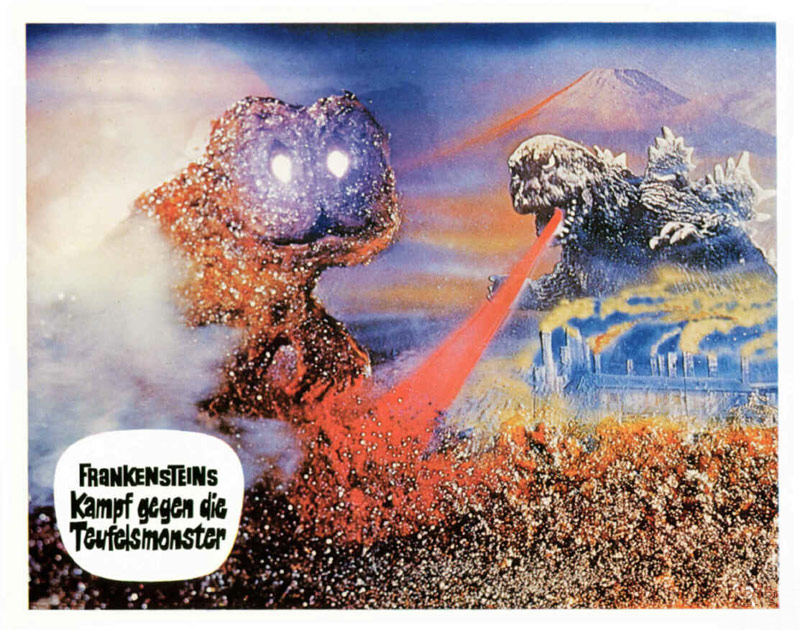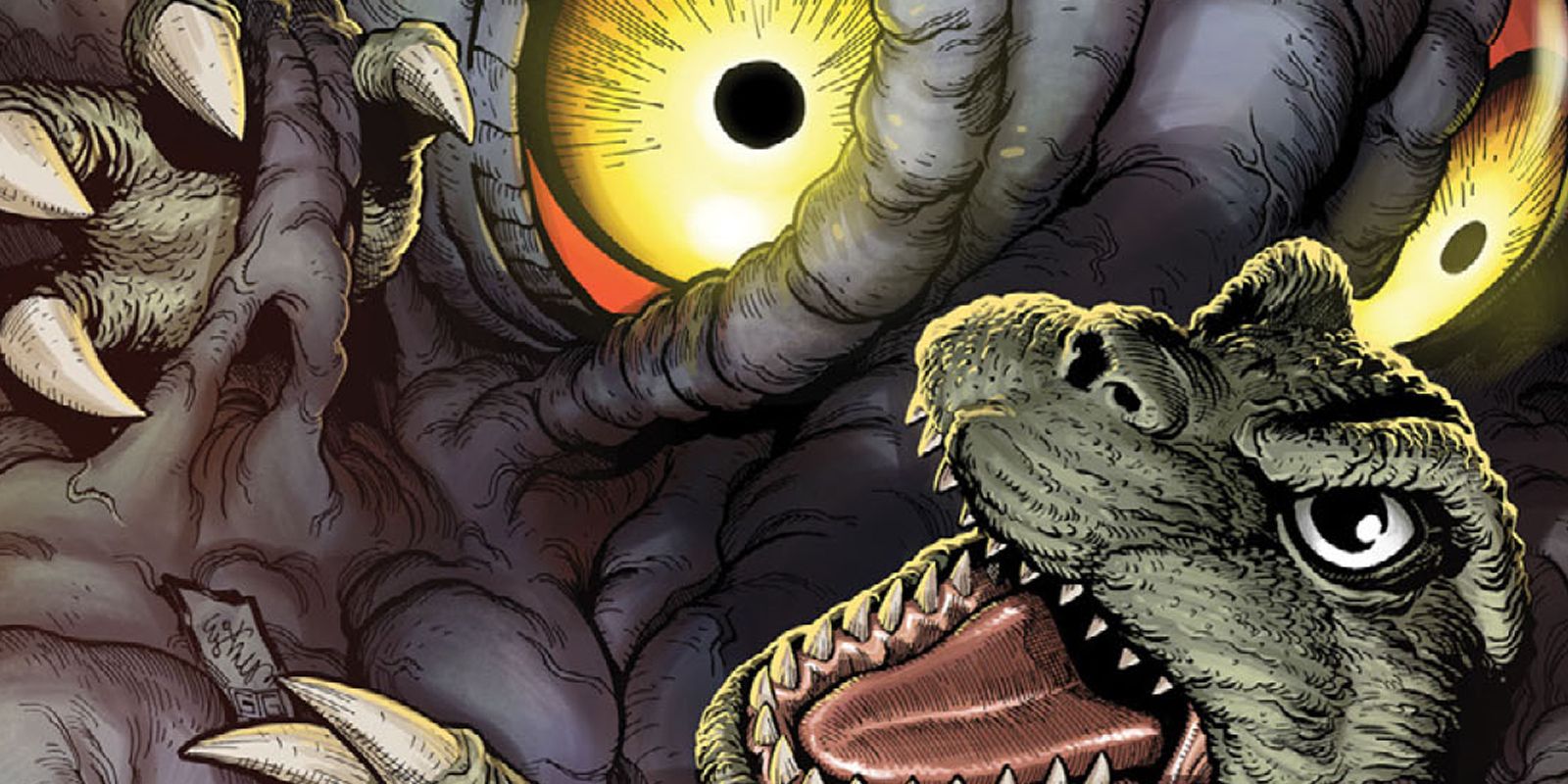
After World War II, in the 1950s and '60s the U.S., like Japan, experienced a boom in economic growth that was uncurbed by appropriate regulations or legislation. The United States was not immune from its own growing pollution-related problems. Hedorah, which roughly translates into "vomit" or "sludge", is here a kaijū monster that thrives off of breathing in the fumes of factories and absorbing other forms of pollution to get bigger and more dangerous. Also at this time, Japan was not being destroyed by bombs but rather by decades of pollution-related health problems, which earlier on included the Minemata outbreaks that afflicted almost 3,000 people with a central nervous system disease related to mercury poisoning.

Hedorah (1971), the 11th entry into the franchise, Godzilla was so well revered that he had morphed into a de facto symbol of Japanese national identity as well as a child-friendly protector of Japan. Interestingly, by the time of Yoshimitsu Banno's Godzilla vs. This set a precedent by which kaijū characters often serve to stand in as visual metaphors for something else. There is also something uniquely political about Godzilla since he, at first anyway, clearly embodied a nation's fears as they related to the destructive capacity of atomic bombs. These suits would go through a lot of wear and tear, requiring new ones be made for ongoing sequels (which explains why Godzilla looks a bit different from one title to the next).Īnother feature that sets Godzilla apart are the record-breaking sequels he spawned - currently totaling upwards of 30 (James Bond, by comparison, has about 25 incarnations). What set Godzilla apart from his predecessors was that rather than being animated by miniature models or forced perspectives, the special effect that was pioneered was called "suitmation" and featured a stunt performer wearing a suit (these being several hundred pounds heavy) as they interacted, wrestled with and destroyed miniature sets.


(Kaijū being a Japanese term for "strange beast" which was typically a giant monster.) Cinema had seen its fair share of giant monsters before with such amazing behemoths as King Kong (1933) on up through The Beast from 20,000 Fathoms (1953). Gojira) first terrorized Tokyo in Ishirō Honda's original black-and-white 1954 release, he helped usher in the Japanese kaijū genre.


 0 kommentar(er)
0 kommentar(er)
